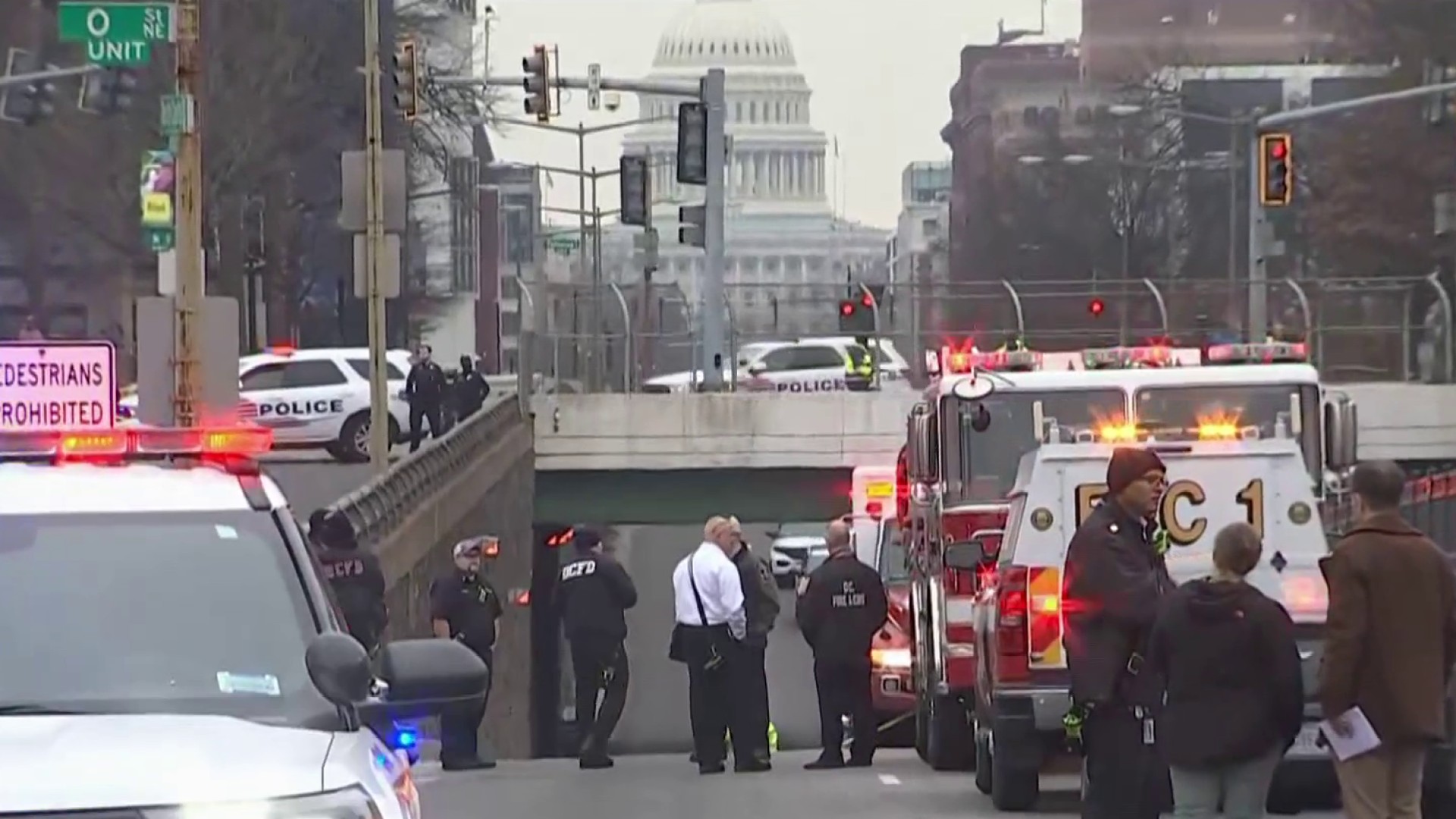After D.C. reached a two-decade high in the number of homicides, the D.C. fire department will deploy a new program they hope will reduce the number of people dying on our streets.
D.C. paramedics will soon be able to administer blood to patients in the field. The plan comes, though, as the District’s blood supply is critically low.
D.C. Fire and EMS and the American Red Cross announced the partnership on Thursday. It will allow some paramedics to carry whole blood with them and administer it in the field.
“Looking at the numbers, we project that we may have the opportunity to transfuse and positively change outcomes in up to 400 patients per year in the District with this program,” said Dr. David Vitberg, DC FEMS’ assistant medical director.
The practice is relatively new for fire departments but comes from lessons learned by the military in combat situations, said Dr. Babak Sarani, chief of trauma at The George Washington University Hospital.
“It’s based on the hard lessons learned by our bravest soldiers, sailors, airmen, and Marines on the battlefield. We have learned that the most common cause of preventable death following injury is blood loss, and the sooner we can start repleting the shed blood, the higher the chances the patient will survive,” he said. “In a major city like Washington, D.C., where traffic determines transport time more than distance, starting transfusion as soon as possible from the moment of injury can literally determine whether or not someone survives.”
Howard County, Maryland, and Stafford County and Arlington County in Virginia already deploy blood with first responders.
While being able to administer blood to patients in the field can save lives, the program can only work if there’s enough supply. Officials with the Red Cross say right now there is not.
“When we're looking at our inventory levels, we're looking at how many days’ supply we have to support hospital need, looking ahead,” Dr. Emily Coberly of the Red Cross said. “And so, in this case, I think when we're below three days’ supply of inventory, that's when we are sounding the alarm that there's a critical shortage.”
News4 sends breaking news stories by email. Go here to sign up to get breaking news alerts in your inbox.
EMS supervisors and battalion chiefs will be equipped with blood and equipment starting early next month.
If you want to give blood, you can go to the Red Cross downtown headquarters any day of the week. D.C. Fire will hold a blood drive in Ward 7 on Feb. 22, at St. Luke’s Center.



